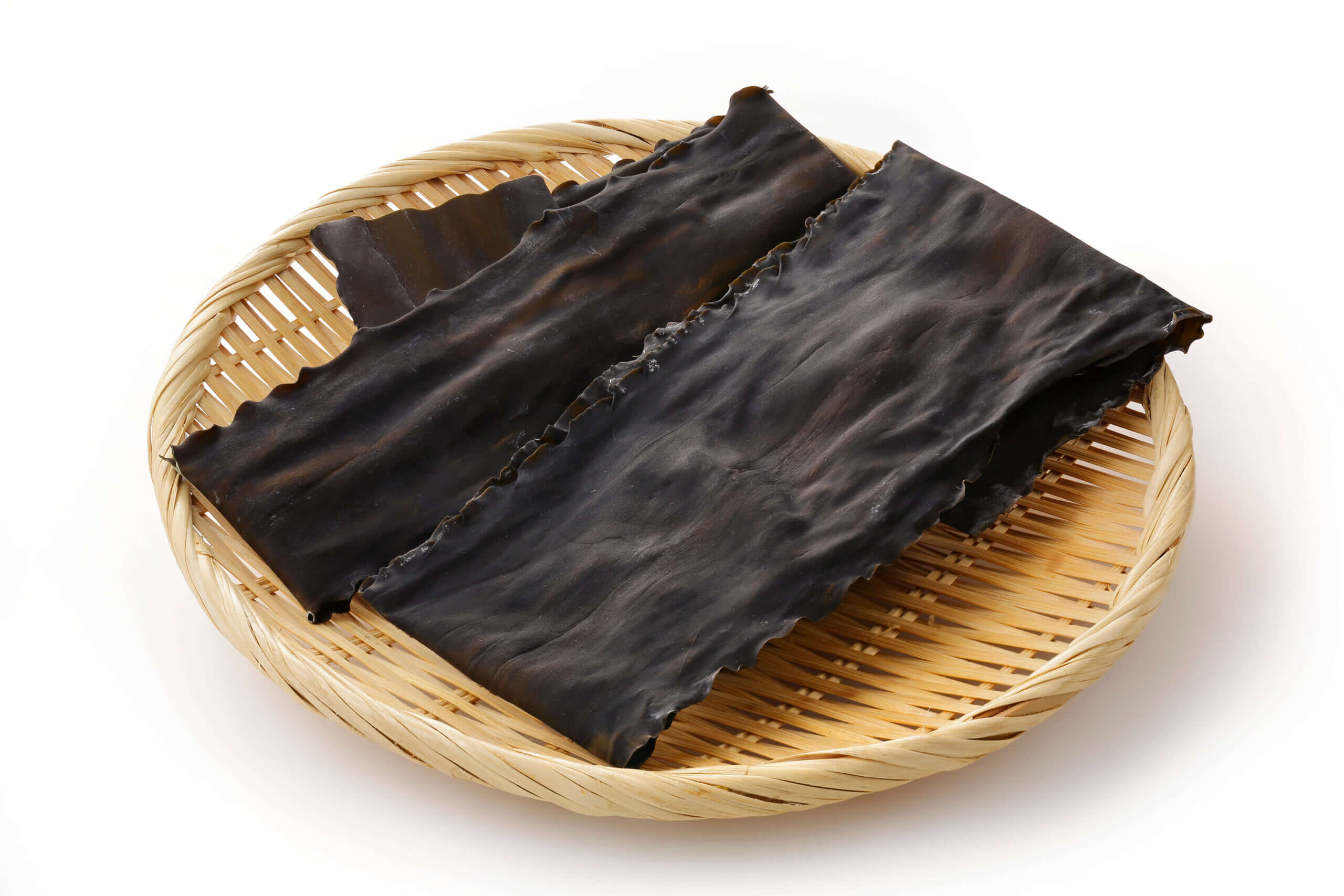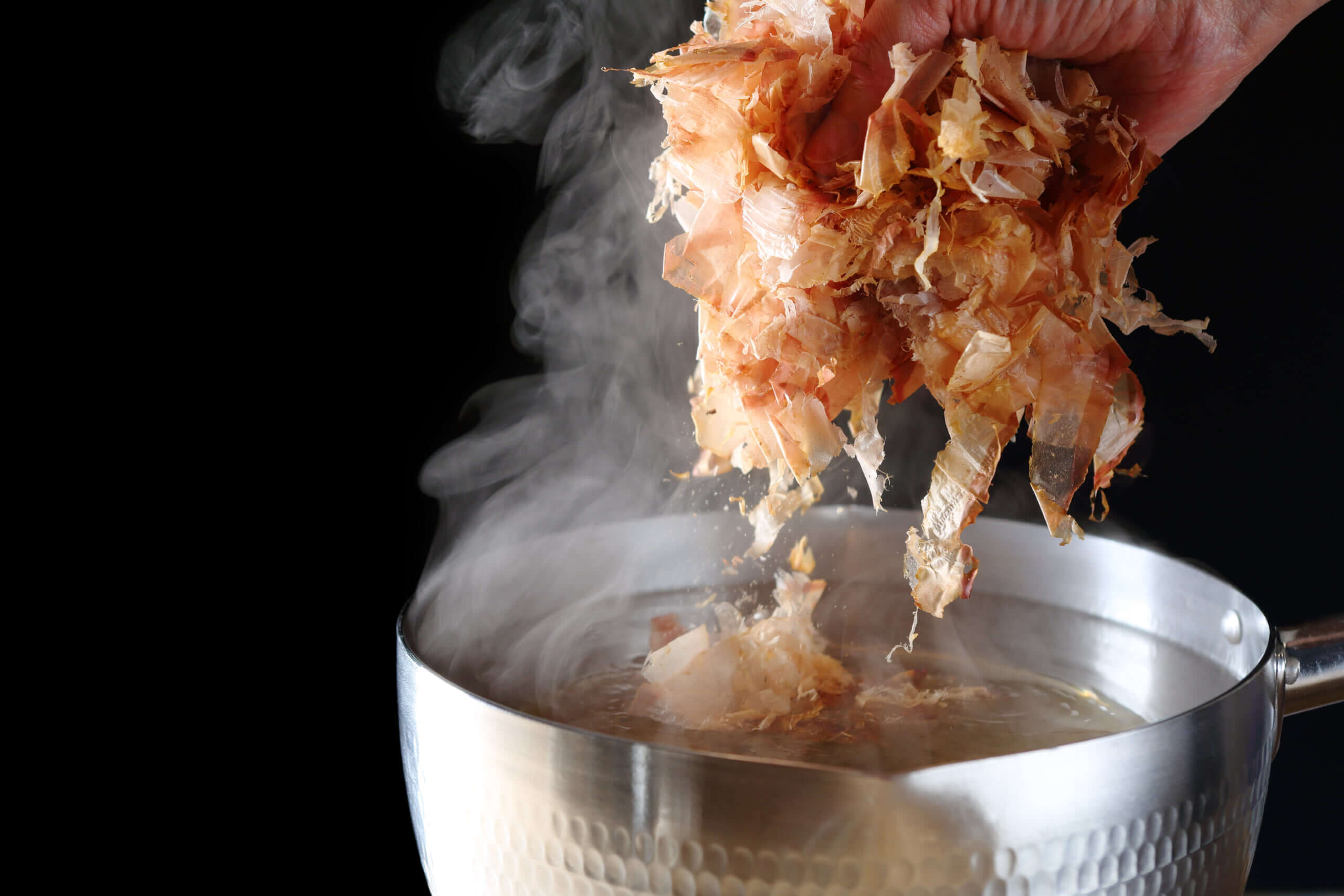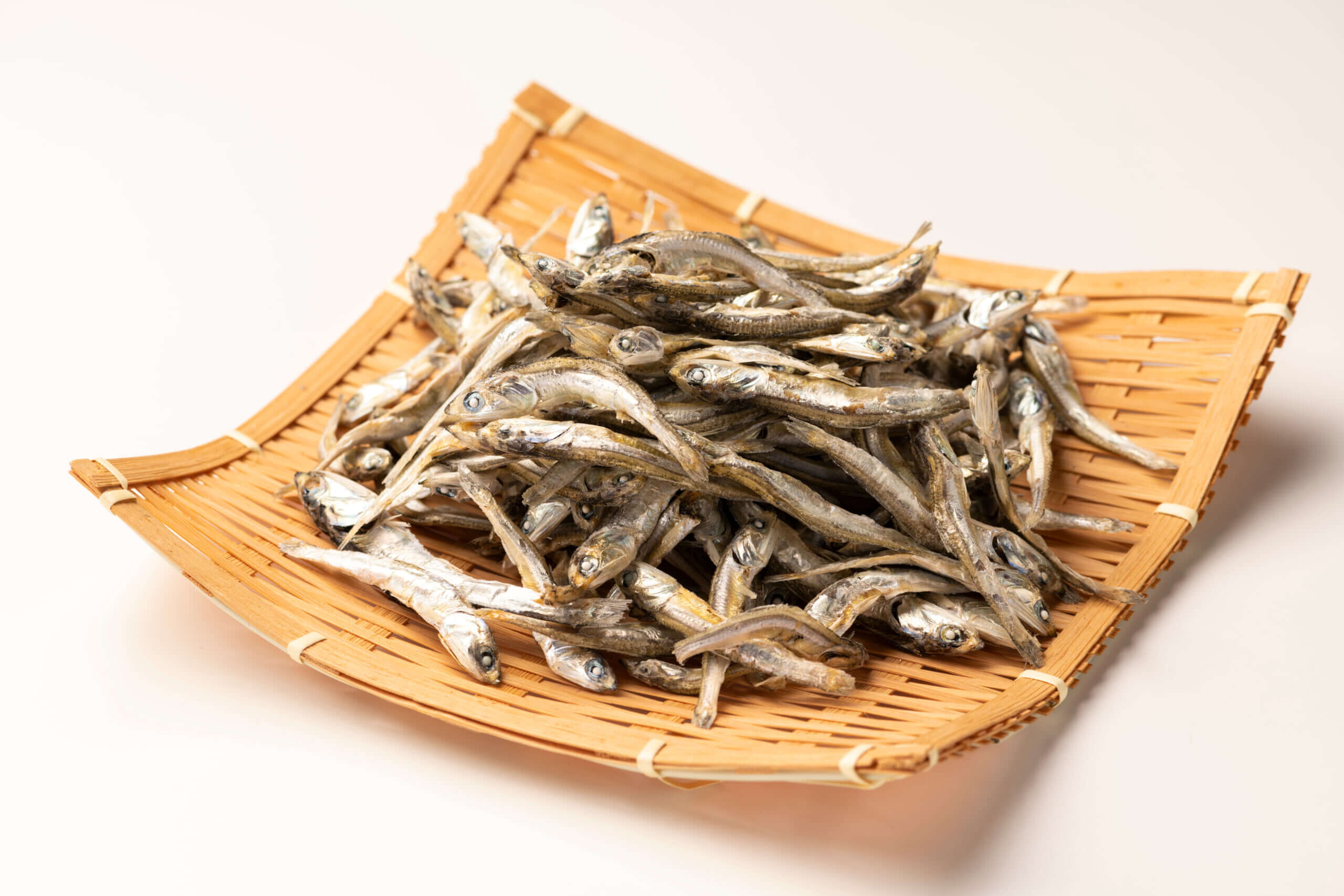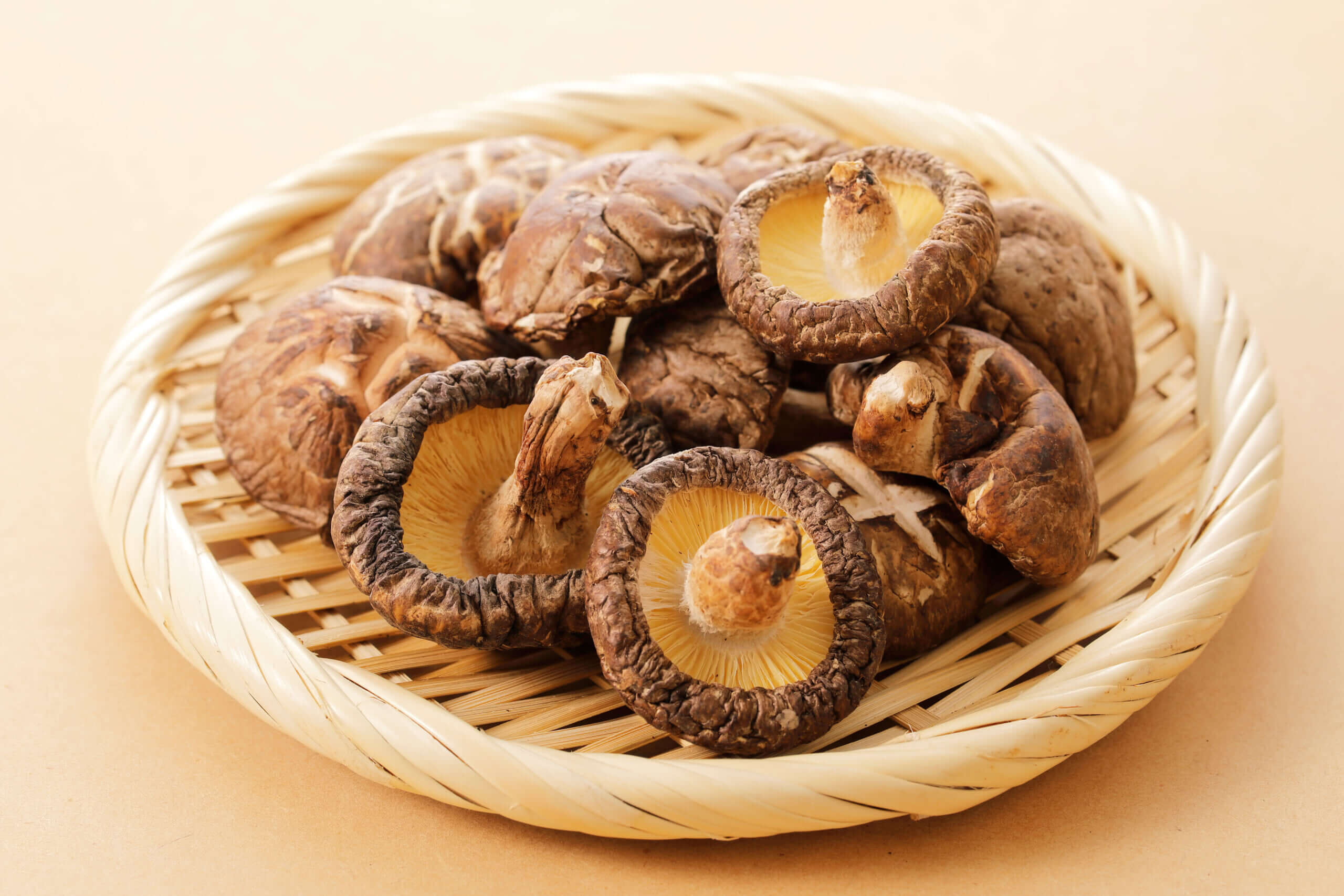What is Dashi?
Dashi is the foundational soup stock of Japanese cuisine, rich in "umami" – the fifth basic taste. While similar to Western bouillon or consommé, it is unique in its preparation. Instead of simmering animal bones and meat for hours, dashi is made by quickly extracting flavor from ingredients like kombu (kelp), katsuobushi (dried bonito flakes), niboshi (dried sardines), and shiitake mushrooms. Dashi deepens and enriches dishes, playing a crucial role in enhancing the natural flavors of other ingredients.
Kombu Dashi

Characteristics
The most basic and elegant dashi. It has a clear color and a delicate, gentle umami flavor. It is used in "shojin ryori" (Buddhist vegetarian cuisine), hot pots, and clear soups where the natural taste of the ingredients is highlighted. Its main component is glutamate.
How to Make
Cold Brew (Mizudashi):
- Add 10g of kombu to 1 liter of water.
- Let it steep in the refrigerator for at least 3 hours, preferably overnight.
- Remove the kombu, and it's ready.
Hot Brew (Nidashi):
- Place 1 liter of water and 10g of kombu in a pot and let it sit for at least 30 minutes.
- Heat the pot over medium heat.
- Just before it boils, turn off the heat and remove the kombu.
Katsuo Dashi

Characteristics
This dashi is known for its rich aroma and strong umami flavor, with a beautiful golden color. It is suitable for dishes where you want to enjoy the fragrance, such as clear soups (osuimono) and savory egg custard (chawanmushi). Its main component is inosinate.
How to Make
- Bring 1 liter of water to a boil in a pot.
- Turn off the heat and add 20-30g of katsuobushi (bonito flakes).
- Wait 1-2 minutes until the flakes sink to the bottom.
- Gently strain through a sieve lined with a paper towel.
Awase Dashi

Characteristics
By combining the glutamate from kombu and the inosinate from katsuobushi, a synergistic umami effect is created, resulting in a very balanced and deep flavor. It is the most versatile dashi, used in a wide range of dishes like miso soup, simmered dishes, and noodle broths.
How to Make
- Follow the hot brew method for kombu dashi, removing the kombu just before boiling.
- Bring the water back to a boil, then turn off the heat and add 10-20g of katsuobushi.
- Wait 1-2 minutes, then gently strain.
Niboshi Dashi

Characteristics
A dashi made from small, dried fish like anchovies or sardines. It has a strong fish flavor and can be slightly pungent, but it provides a rich and robust umami. It pairs well with miso soup, ramen broth, and simmered dishes.
How to Make
- Remove the heads and guts from 20-30g of niboshi to prevent bitterness.
- Place the niboshi and 1 liter of water in a pot and let soak for at least 30 minutes.
- Heat the pot, and once boiling, reduce to low heat and simmer for 5-10 minutes.
- Skim off any scum and strain.
Shiitake Dashi

Characteristics
A vegetarian and vegan-friendly dashi made from dried shiitake mushrooms. It has a unique, deep aroma and a rich umami flavor. Using it in simmered dishes or mixed rice (takikomi gohan) imparts a wonderful flavor. Its main component is guanylate.
How to Make
- Lightly rinse 3-5 dried shiitake mushrooms to remove any dirt.
- Place the mushrooms and 500ml of cold water in a container and let them soak overnight in the refrigerator.
- Remove the mushrooms and strain the liquid. The rehydrated mushrooms can be used in your cooking.
Umami Component Comparison
The key to dashi's flavor is its "umami" components. Different ingredients contribute different compounds: "Glutamate" from kombu, "Inosinate" from katsuobushi and niboshi, and "Guanylate" from dried shiitake mushrooms. When these components are combined, they create a synergistic effect that deepens the flavor. It is said that "Awase Dashi," which combines glutamate and inosinate, can feel 7 to 8 times more flavorful than the individual components alone.